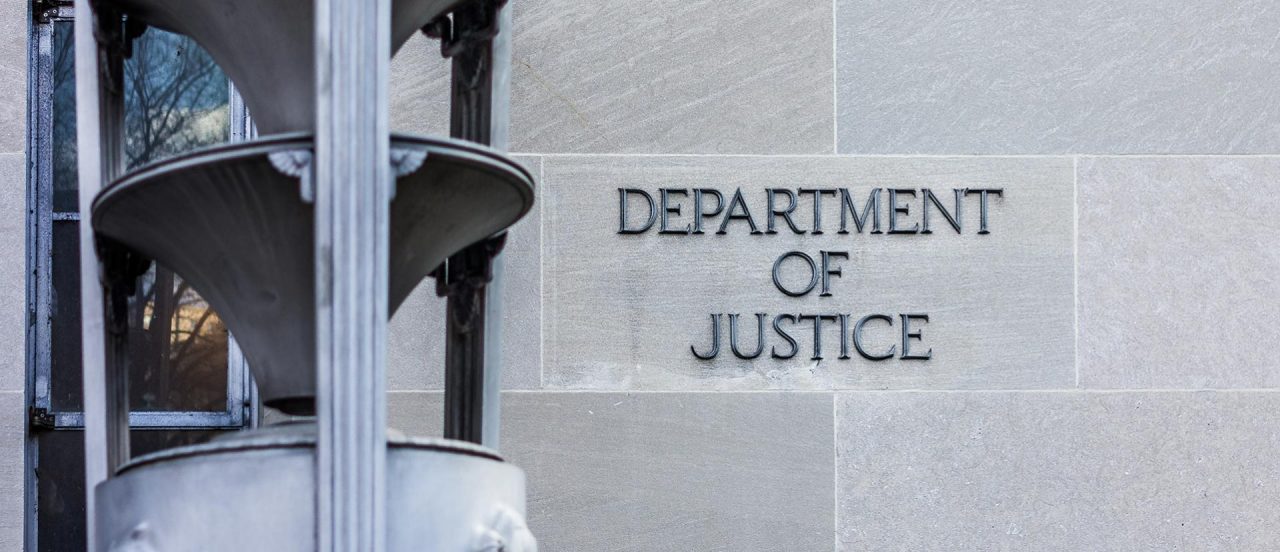The Criminal Antitrust Anti-Retaliation Act of 2019 (“CAARA”) provides protections for employees, contractors, and agents who notify their employers or the federal government of antitrust violations. Given CAARA’s enactment, there are several reasons why it is in companies’ best interest — now more than ever — to adopt effective internal antitrust compliance programs that support the reporting of violations without reprisal. First, CAARA complements and bolsters the Antitrust Division’s Leniency Program that allows companies first to report a criminal antitrust violation to the government to avoid prosecution for itself and its employees. Second, when making charging decisions and sentencing recommendations, Division prosecutors holistically evaluate the effectiveness of a company’s compliance programs, including its reporting mechanisms. Finally, employers that do not support reporting efforts may become the subject of a CAARA complaint and faced with penalties generated by the Occupational Safety and Health Administration’s Whistleblower Protection Program. With CAARA’s passage, companies must implement effective internal reporting mechanisms; the risks of not doing so are too great.
By Jennifer M. Dixton, Rebecca D. Ryan & Anthony Rosa[1]
The Criminal Antitrust Anti-Retaliation Act of 2019 (“CAARA”) was enacted to enhance protections for employees, contractors, and agents who blow the whistle on crimi
...THIS ARTICLE IS NOT AVAILABLE FOR IP ADDRESS 216.73.216.89
Please verify email or join us
to access premium content!

